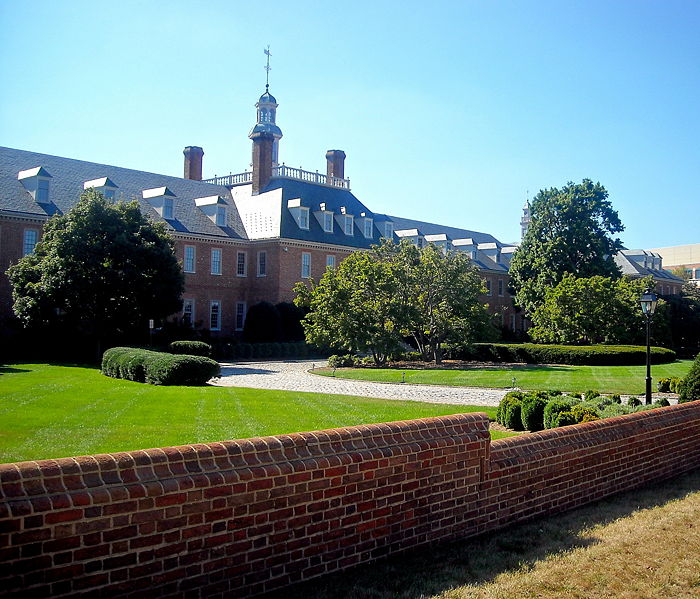Exclusive: Fannie, Freddie Reform Moving at Sluggish Pace
The focus in Congress for the moment might be the debt ceiling, but not too far in the background the effort to reform Fannie Mae and Freddie Mac chugs along--though not necessarily at a rapid pace.
July 14, 2011
By Dees Stribling, Contributing Editor
The focus in Congress for the moment might be the debt ceiling, but not too far in the background the effort to reform Fannie Mae and Freddie Mac chugs along–though not necessarily at a rapid pace. Yet “reform” isn’t quite the term, since of the operative assumption of leadership in the U.S. House of Representatives is that the best reform of the GSEs would relegate them to the dustbin of history, and even the Obama administration seems to go along with that idea.
As part of a 31-page report that the administration sent to Congress in February, the administration used the term “wind down” to refer to the future of the GSEs, but urged a timetable of at least five years to wean the real estate industry off of Fannie and Freddie. After all, the GSEs are currently responsible for backing about 90 percent of all mortgages, and are vital to the financing of the multifamily housing industry.
But for all of the talk of “winding down” the GSEs, the task remains a tall order and hasn’t really gotten under way. This isn’t for want of bills introduced in the House, however. Since last winter, three major ones have been introduced.
In March, Rep. Jeb Hensarling (R-Texas) re-introduced a measure that would essentially extinguish the GSEs. The bill would immediately do away with their affordable housing goals, reduce their market share and set in place a schedule that would systematically decrease their portfolio sizes. After three years, the GSEs would essentially be privatized, left to sink or swim.
In May, Rep. John Campbell (R-Calif.) and Rep. Gary Peters (D-Mich.) floated a plan to create five new entities to take the place of the GSEs. In this scheme, the government would explicitly back mortgage bonds.
Carolyn McCarthy (D.-NY) and Gary Miller, (R-Calif.), two members of the House Financial Services Committee, introduced a bill in late June to merge Fannie Mae and Freddie Mac into one new entity that would be run by the a board appointed by the president. The Fannie-Freddie hybrid would establish a “secondary market facility” that would buy residential mortgages, pool them and provide insurance for their principal and interest payments. This proposal, though it’s very much at odds with the Republican leadership in the House, does have the backing of various real estate interests who are reluctant to see government support for the industry evaporate completely.
The three bills are well known on Capitol Hill, but as yet the relevant subcommittee to take them up–the House Capital Markets and Government-Sponsored Enterprise Subcommittee–hasn’t schedule a vote on any of them, or even scheduled any hearings yet.
Instead, since March, 15 other GSE-related bills have been introduced to the subcommittee, which has voted on some of them. The measures are not fundamental overhauls of Fannie and Freddie, but instead cover such subjects as GSE dividends, subjecting the GSEs to the Freedom of Information Act, requiring the GSEs to sell off non-critical assets, changing compensation packages for GSE execs, and not paying the legal fees of former GSEs employees, among other things.
Also, in the Senate, Sen. Barbara Boxer (D.-Calif.) introduced a bill in July that would allow underwater borrowers to refinance their Fannie and Freddie loans with lower-interest ones. Currently, according to the GSEs, more than 8 million such loans carry interest rates of 6 percent, considerably higher than the going rate for a new mortgage. Boxer’s bill would eliminate the restrictions currently in place on refinancing GSE-guaranteed mortgages on properties with negative equity.








You must be logged in to post a comment.